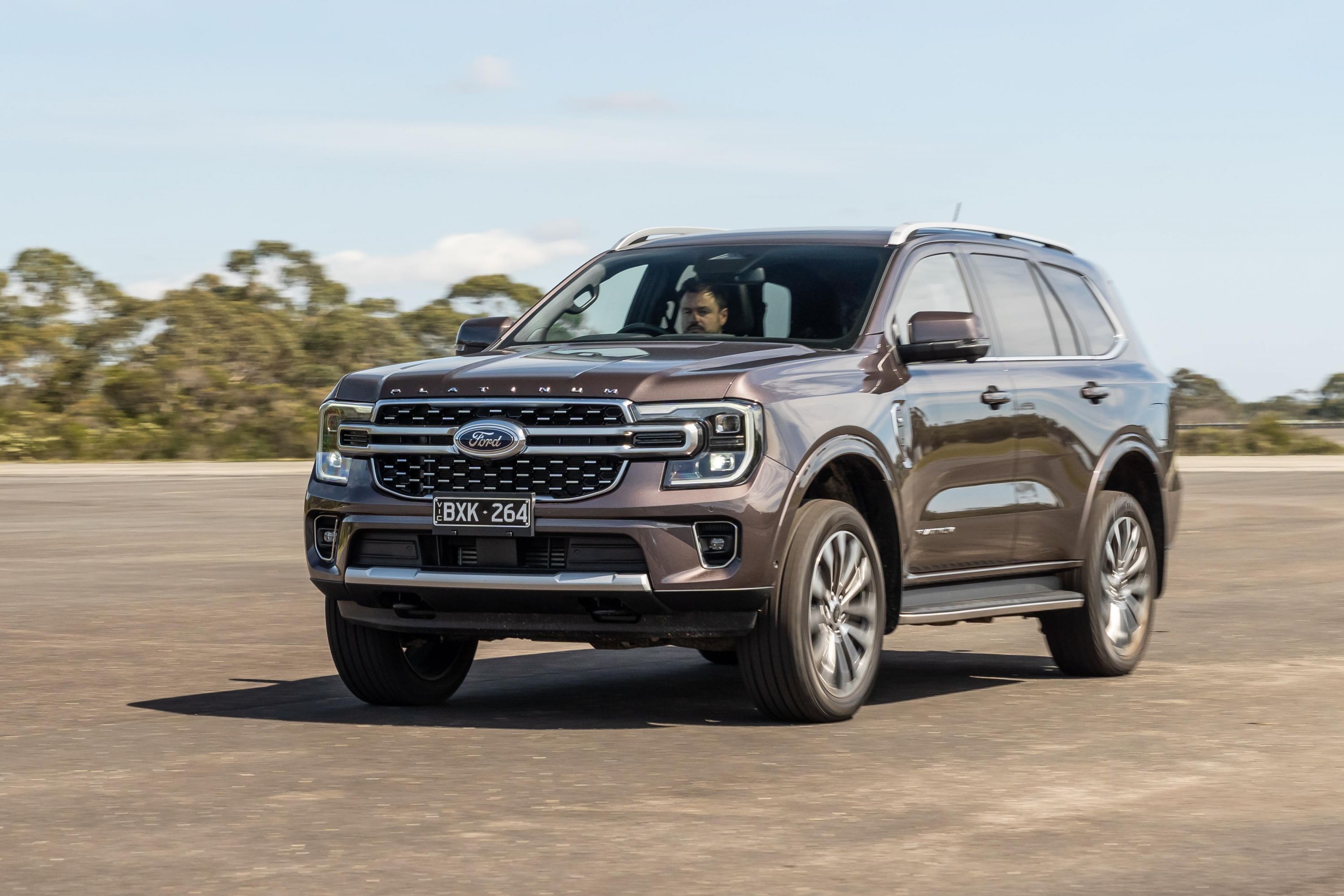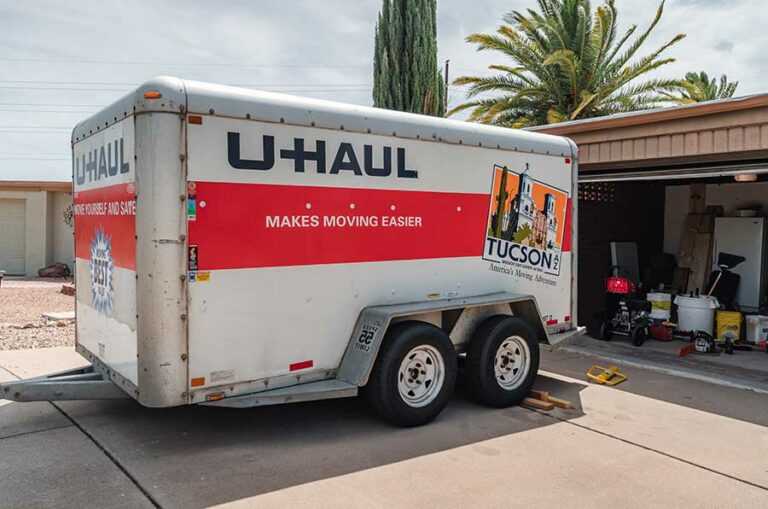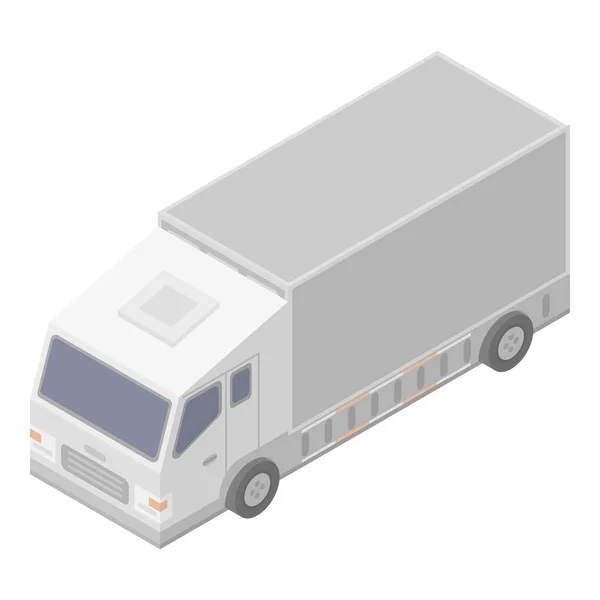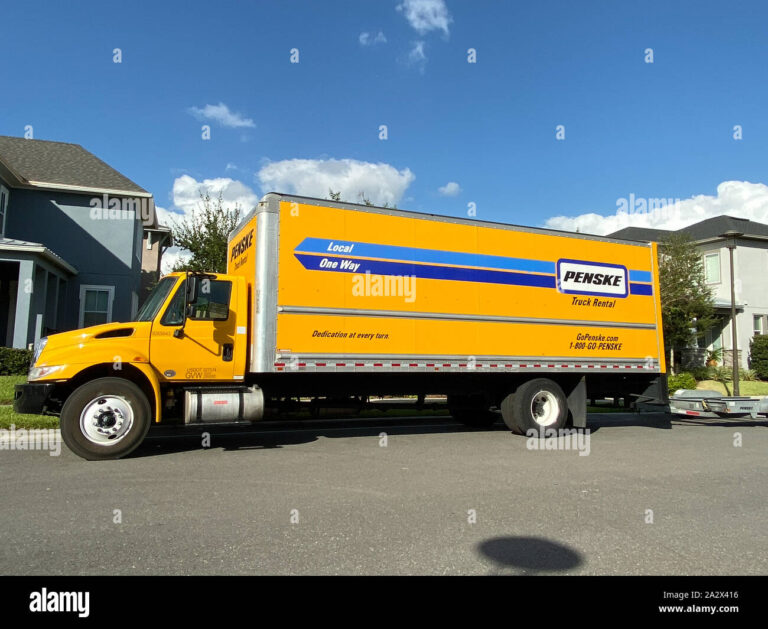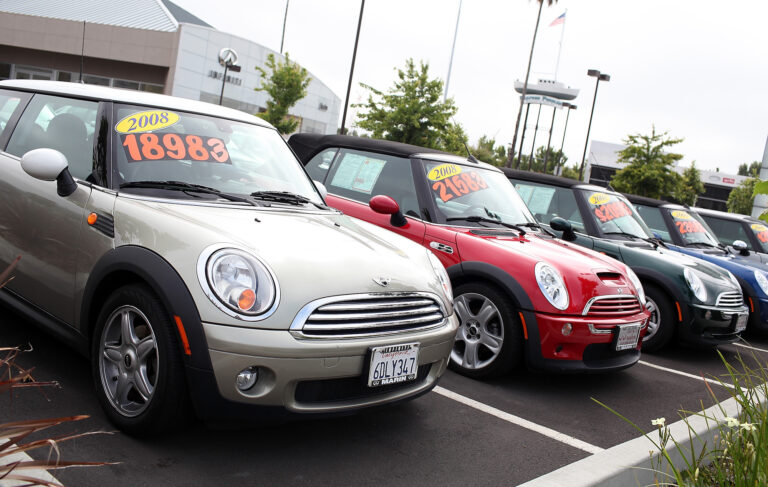Ford Cabover Trucks For Sale: A Comprehensive Buyer’s Guide
Ford Cabover Trucks For Sale: A Comprehensive Buyer’s Guide cars.truckstrend.com
Introduction: The Enduring Appeal of Ford Cabover Trucks
In the vast landscape of commercial vehicles, Ford cabover trucks carved out a distinct and enduring legacy. Characterized by their unique design where the driver’s cab sits directly over the engine, these trucks offer unparalleled visibility, exceptional maneuverability, and a remarkably compact footprint. From bustling city streets to tight construction sites, Ford cabovers like the iconic C-Series and the later Cargo models became indispensable workhorses for countless businesses and municipalities.
Ford Cabover Trucks For Sale: A Comprehensive Buyer’s Guide
While production of these specific models for the North American market ceased decades ago, the demand for used Ford cabover trucks remains robust. Their robust construction, versatile chassis, and reputation for reliability make them highly sought-after assets for a variety of applications, from refuse collection and fire apparatus to delivery services and specialized utility vehicles. This comprehensive guide will delve into everything you need to know about Ford cabover trucks for sale, helping you navigate the market and make an informed purchase.
A Legacy of Innovation: A Brief History of Ford Cabovers
Ford’s journey with cabover designs spans many decades, cementing its place in commercial vehicle history. The most famous and prolific of these was the Ford C-Series, introduced in 1957. With its distinctive "picture window" windshield and tilting cab, the C-Series quickly became an industry standard. It was produced for an incredible 33 years, largely unchanged, a testament to its successful design and utility. Its compact dimensions and tight turning radius made it ideal for urban deliveries, garbage collection, and as a popular chassis for fire engines.
Following the C-Series, Ford introduced the Ford Cargo in the 1980s, initially as a more modern, European-influenced design that eventually replaced the C-Series in many markets. While the Cargo offered improved aerodynamics, ergonomics, and more fuel-efficient engines, it retained the core cabover benefits of maneuverability and excellent visibility. Even after Ford sold its heavy truck division to Freightliner (which rebranded some Ford models as Sterling), the legacy of Ford cabovers continued, with some models still produced and sold in international markets, occasionally making their way back to North America.
Why Choose a Ford Cabover Truck? Unpacking the Benefits
Despite their age, used Ford cabover trucks continue to offer compelling advantages that make them a smart investment for specific applications:
- Exceptional Maneuverability: The primary benefit of a cabover design is the ability to place the front axle further back, resulting in a significantly shorter wheelbase compared to conventional trucks. This translates to a tighter turning radius, making them incredibly agile in congested urban environments, narrow alleys, and busy job sites.
- Superior Visibility: With the driver positioned high and forward, directly over the engine, Ford cabovers offer an expansive, panoramic view of the road and surrounding area. This enhanced visibility reduces blind spots and improves safety, especially in tight quarters or when operating in high-traffic areas.
- Compact Footprint: Their design allows for a shorter overall vehicle length for a given cargo capacity, making them ideal for operations where space is at a premium, such as city deliveries, parking in compact lots, or fitting into specific garage dimensions.
- Ease of Maintenance (Cab Tilt): The tilting cab mechanism provides relatively easy access to the engine and transmission for maintenance and repairs, a significant advantage over conventional trucks where engine access can be more challenging.
- Versatility and Adaptability: Ford cabover chassis were designed to accommodate a wide array of body types. You’ll find them as box trucks, flatbeds, dump trucks, refuse compactors, utility trucks, tankers, and even custom-built fire apparatus. Their robust frames are highly adaptable for various vocational needs.
- Durability and Reliability: Many older Ford C-Series and Cargo trucks are still in active service today, a testament to their robust engineering and durable construction. With proper maintenance, these trucks can continue to perform reliably for years to come.

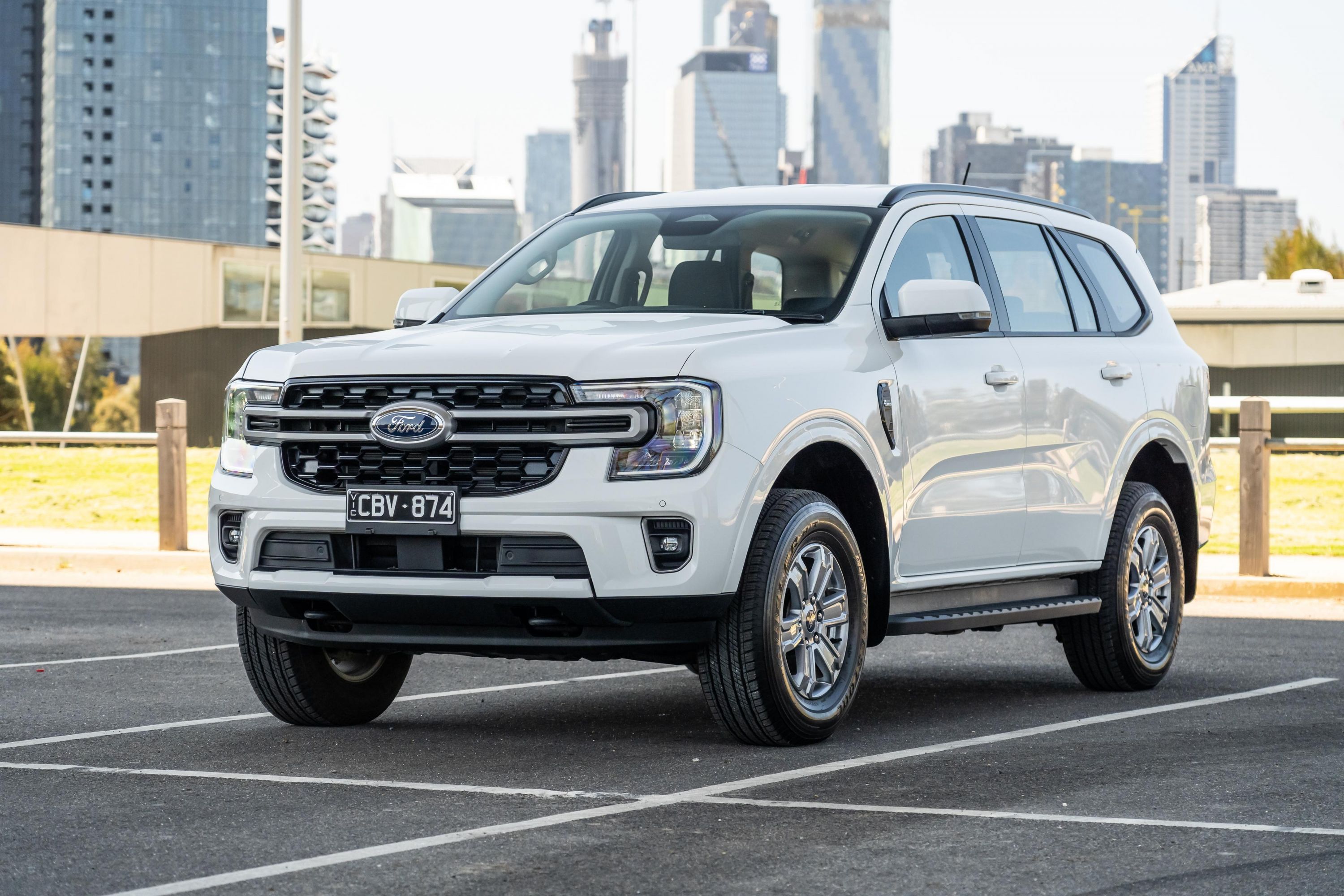
Key Models and Generations to Seek Out
When searching for Ford cabover trucks for sale, you’ll primarily encounter a few key models:
- Ford C-Series (1957-1990): The quintessential Ford cabover. Available in a wide range of gross vehicle weight ratings (GVWRs), from light-duty C-550 to heavy-duty C-900. Power options included Ford’s gasoline engines (e.g., 300 inline-six, various V8s like the 391) and later, popular diesel engines from manufacturers like Cummins and Caterpillar. They are beloved for their simplicity and ruggedness.
- Ford Cargo (1986-1996 in North America): A more modern successor to the C-Series, the Cargo offered improved aerodynamics, a more comfortable interior, and generally more fuel-efficient diesel engines. While not as iconic as the C-Series, they represent a more contemporary option for those seeking a Ford cabover.
- International/Sterling L-Series (post-Ford Heavy Truck Sale): After Ford sold its heavy truck operations, some of their designs, including cabover variants, were continued under the International and later Sterling brands. While not "Ford" badged, they share a design lineage and might be relevant if you’re looking for a newer cabover that descended from Ford’s efforts.
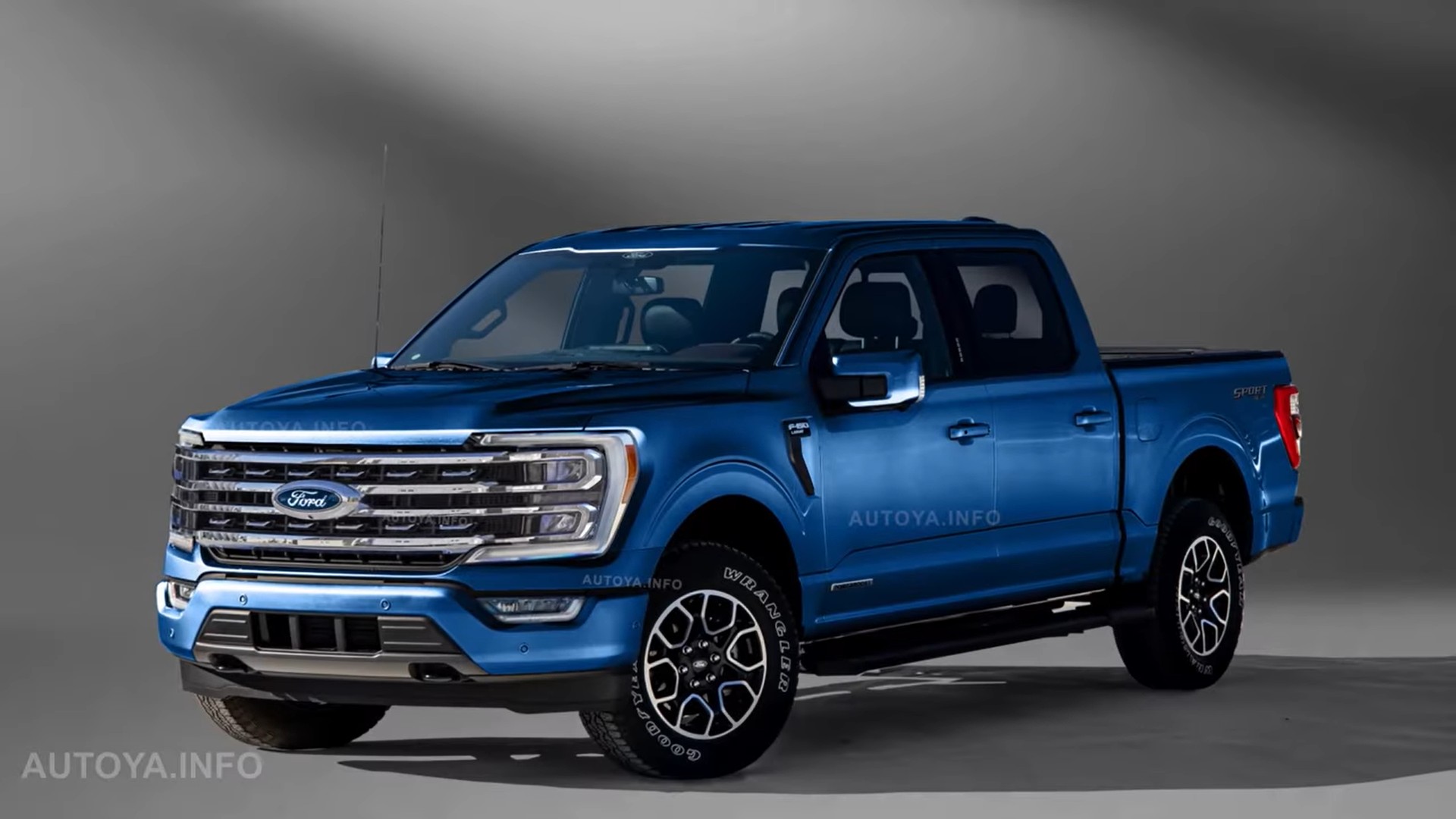
Important Considerations When Buying a Used Ford Cabover
Purchasing any used commercial truck requires careful consideration, and Ford cabovers are no exception. Given their age and typical vocational use, thorough inspection is paramount:
- Rust and Structural Integrity: Pay close attention to the cab structure, especially around the windshield, door sills, and floorboards, as rust can be a significant issue. Inspect the frame rails for any cracks, bends, or severe corrosion.
- Engine and Transmission Condition: Inquire about service history. Look for oil leaks, excessive smoke from the exhaust, and listen for unusual noises. Test drive to ensure the transmission shifts smoothly and without hesitation. Common engines like the Cummins 5.9L or Ford’s own powerplants are generally reliable but require proper maintenance.
- Brakes and Suspension: Check for brake wear, air leaks (if equipped with air brakes), and the overall condition of springs, shocks, and kingpins.
- Electrical System: Older trucks can suffer from degraded wiring. Test all lights, gauges, and auxiliary electrical components.
- Hydraulics (if applicable): For dump trucks, refuse trucks, or those with liftgates, inspect the hydraulic pump, cylinders, and hoses for leaks or damage.
- Parts Availability: While many common wear items and engine parts for popular models (like the C-Series with Cummins engines) are still available, some unique body panels or specific components might be challenging to source for very old or less common variants.
- Application-Specific Wear: If the truck was used for a demanding application (e.g., garbage collection), expect more wear on specific components related to that job.
- Documentation: Always verify the title and check for any lienholders. Service records, if available, are invaluable.
- Pre-Purchase Inspection: Hiring a qualified mechanic specializing in heavy trucks to perform a thorough inspection is highly recommended. This can save you from costly surprises down the road.
Where to Find Ford Cabover Trucks For Sale
The market for used Ford cabovers is diverse, encompassing various avenues:
- Online Marketplaces: Websites like TruckPaper.com, CommercialTruckTrader.com, and eBay Motors are excellent starting points. You can filter by make, model, and location.
- Auction Houses: Major industrial auctioneers like Ritchie Bros. Auctioneers and IronPlanet frequently feature fleets of used commercial trucks, including cabovers. Local government and municipality auctions are also great sources, as many used Ford cabovers for sale originate from public works departments.
- Used Commercial Truck Dealerships: Many dealerships specialize in used trucks and might have reconditioned Ford cabovers. They often offer financing and sometimes warranties.
- Fleet Disposals: Private companies, utility providers, and waste management firms often sell off older vehicles as they upgrade their fleets. Contacting them directly or looking for their public sales can yield results.
- Local Classifieds and Word-of-Mouth: Sometimes, the best deals are found locally through traditional classifieds or by networking within the trucking community.
Pricing Guide: Understanding Ford Cabover Truck Values
The price of a used Ford cabover truck can vary wildly based on several factors. The table below provides estimated price ranges, but actual prices will depend heavily on condition, mileage/hours, engine type, body configuration, and geographic location.
| Model Series | Year Range | Typical Price Range (USD) | Key Features / Condition Notes |
|---|---|---|---|
| Ford C-Series | 1970s – 1990s | $5,000 – $25,000 | Iconic, durable. Price varies greatly by condition and application (e.g., fire truck chassis vs. bare chassis). Often found with Ford gas or Cummins/Cat diesels. |
| Ford Cargo | 1980s – 1990s | $7,000 – $30,000 | More modern design, often with diesel engines. Condition and specific body (e.g., refuse packer) heavily influence price. |
| Cabover Chassis | (Any Ford CO) | $3,000 – $15,000 | For custom builds or specific vocational needs. Price depends on frame integrity, engine/drivetrain health. |
| Restored/Custom Builds | Varies | $25,000 – $75,000+ | Fully restored C-Series, RV conversions, or highly customized vocational trucks can command premium prices. |
Factors Influencing Price:
- Condition: A well-maintained, rust-free truck with a strong engine and transmission will fetch a higher price than one needing extensive repairs.
- Mileage/Hours: While high mileage is common for older trucks, lower hours (for vocational trucks) or documented rebuilds can increase value.
- Engine Type: Trucks with popular, reliable diesel engines (like Cummins) tend to be more desirable.
- Body Type: A complete, functional body (e.g., a working dump body, a clean box) adds value.
- Geographic Location: Prices can vary regionally due to local demand and supply.
Tips for a Successful Purchase
- Define Your Needs: Before you start looking, clearly outline what you need the truck for. What GVWR? What body type? What kind of routes will it run?
- Set a Realistic Budget: Include not just the purchase price, but also potential costs for repairs, maintenance, and any necessary body modifications.
- Research Thoroughly: Learn about the specific model years and engine options you’re considering. Understand common issues and expected performance.
- Inspect, Inspect, Inspect: Never buy a truck sight unseen. If you can’t inspect it yourself, hire a professional.
- Test Drive: Take the truck for a comprehensive test drive, ideally with a load if possible, to assess engine performance, transmission shifting, brakes, and steering.
- Negotiate: Don’t be afraid to negotiate the price, especially if you’ve identified areas needing repair.
- Factor in Parts Availability: For older models, verify that critical wear parts and unique components are still obtainable.
Conclusion: The Enduring Utility of Ford Cabovers
Ford cabover trucks, particularly the venerable C-Series and the functional Cargo, represent a bygone era of truck design that prioritized maneuverability and visibility. While no longer produced for the North American market, their legacy of ruggedness and versatility ensures their continued presence on roads and job sites.
For businesses or individuals seeking a compact, agile, and dependable workhorse, a used Ford cabover can be an excellent and cost-effective solution. However, success in finding the right truck lies in thorough research, meticulous inspection, and a clear understanding of your specific needs. With due diligence, you can acquire a piece of commercial vehicle history that continues to deliver reliable service for years to come.
Frequently Asked Questions (FAQ)
Q1: Are Ford Cabover trucks still manufactured today?
A1: Ford no longer manufactures cabover trucks for the North American market. However, cabover models based on Ford designs (like the Ford Cargo) are still produced and sold in other international markets, such as South America and parts of Europe, by Ford or licensed manufacturers.
Q2: Are parts difficult to find for older Ford C-Series or Cargo trucks?
A2: For common wear items and engine components (especially if equipped with popular Cummins or Caterpillar diesels), parts availability is generally good, thanks to aftermarket suppliers. However, specific body panels, interior trim, or unique C-Series components can be challenging to source and may require searching salvage yards or specialized vintage truck parts suppliers.
Q3: What are the most common issues to look out for on used Ford Cabovers?
A3: Common issues include rust (especially on the cab and frame), electrical system quirks (due to aging wiring), air brake system leaks (if equipped), and general wear and tear on suspension components. Engine-specific issues depend on the particular engine installed.
Q4: Can a Ford C-Series be converted into an RV or a custom hauler?
A4: Absolutely! The Ford C-Series, with its robust chassis and compact cab, is a popular choice for custom conversions, including RVs, food trucks, and unique haulers. Its flat chassis and accessible engine make it relatively straightforward for custom body builders.
Q5: What are the best engines for a Ford Cabover, and which should I prioritize?
A5: Many prefer Ford Cabovers equipped with diesel engines, particularly the Cummins 5.9L (B-Series) or Caterpillar 3208, for their durability and fuel efficiency. Ford’s own gasoline V8s (like the 391) were also common and reliable for their era. The "best" engine depends on your specific needs for power, fuel economy, and parts availability.
Q6: How do I know if a Ford Cabover truck’s mileage is accurate?
A6: For older trucks, relying solely on the odometer can be misleading as they can be rolled back or break. Look for maintenance records, inspect the overall condition (wear on pedals, steering wheel, seats often indicates actual use), and consider engine hours if the truck was used vocationally (e.g., as a fire truck or refuse vehicle). A pre-purchase inspection by a reputable mechanic is crucial.
